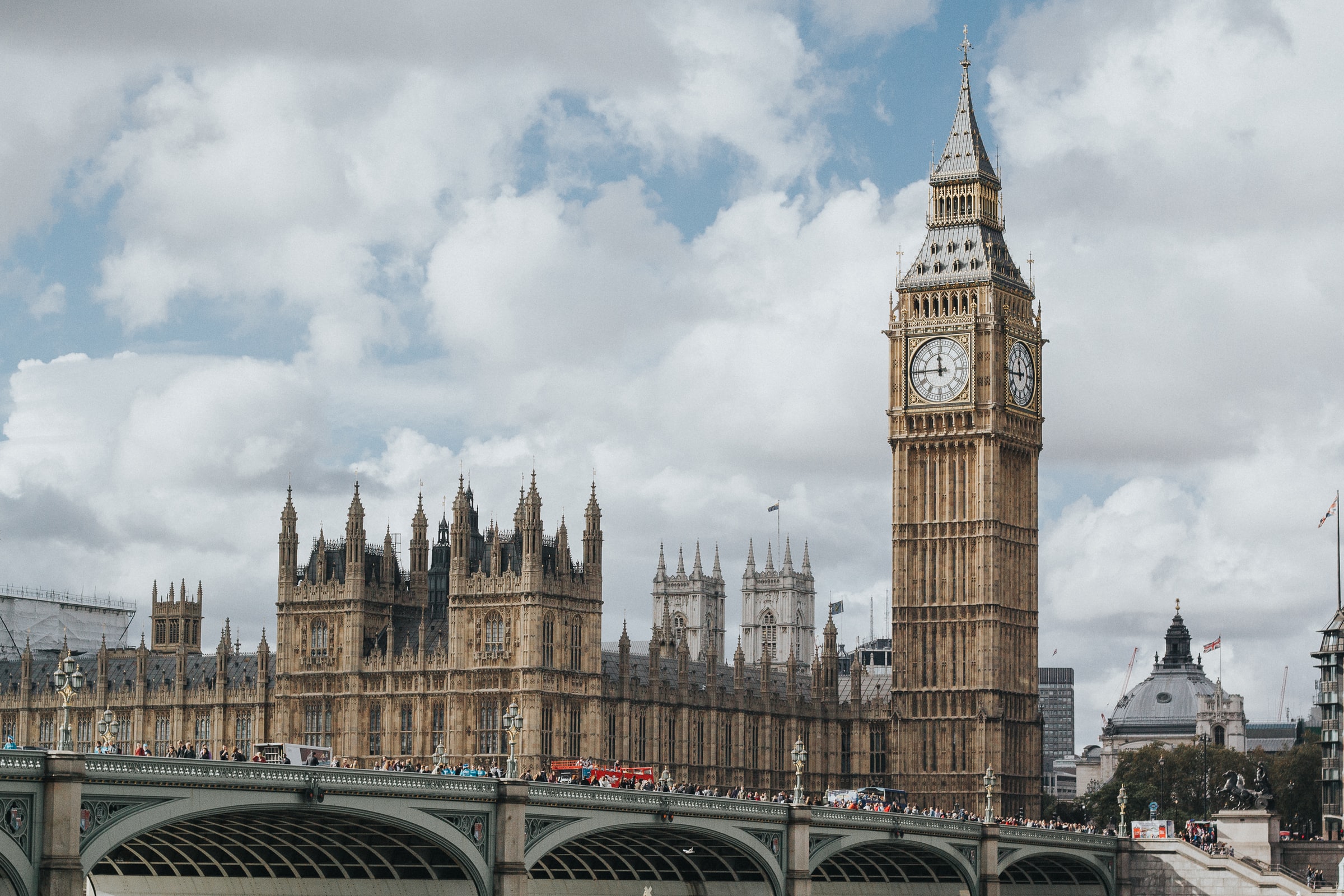Green bonds – those focused on financing environmentally friendly projects – have taken off this year. In a record-breaking issuance, the United Kingdom recently raised £10 billion ($13.7 billion) in its first Green Gilt deal.
The country plans to use the proceeds to help with its net-zero goals as well as to create jobs across the UK. The deal will be followed by a second launch later this year, to gather at least £15 billion ($20.6 billion) in total to sponsor government projects that include clean public transportation, renewable energy investments, pollution control, and the preservation of the environment. The government expects that the investments will also create significant social co-benefits such as new job creation and access to affordable infrastructure.

The UK is joining a list of 16 other green bond countries which have issued nearly $140 billion in green bonds combined so far. Prior issuers include Sweden, France, Germany, Luxembourg, Hong Kong, Indonesia, Chile, and Fiji.
While governments are increasingly relying on green bonds to finance their net-zero commitments, the private sector has been a leader in this space.
In fact, 2021 was a record year for the global issuance of sustainability bonds, according to Refinitiv data. The first three quarters of the year saw a total green, social, and sustainability issuance of $778 billion, up 57% from the same period of last year. Green bonds alone brought in $363 billion, social bonds raised $171 billion, and sustainability bonds took in $144 billion.
This year alone, there were nearly 900 deals that took place. Last year’s first three quarters generated a bit over 500 deals.
Refinitiv defines social bonds as those that help finance projects with positive social outcomes. Sustainability bonds are a mix of social and green bonds.

“Environmental, social and governance (ESG) concerns are gaining ground around the world, with borrowers setting up ESG frameworks to transition to greener economies and capitalize on a surge in global awareness of sustainability risks following the COVID-19 pandemic,” said Patturaja Murugaboopathy and Gaurav Dogra, authors at Reuters who analyzed the data.
Among the largest private U.S. issuers in 2021 were Walmart, with a $2 billion inaugural green bond offering in September, Salesforce with a $1 billion inaugural sustainability bond in June, and Amazon with a $1 billion sustainability bond issue in May.
Walmart’s offering will allocate capital to achieve the retailer’s goals of having 100% renewable energy by 2035 and zero emissions in its operations by 2040. Funding will go toward a portfolio of eligible investments such as renewable energy, high-performance buildings, sustainable transport in its operations, zero waste and circular projects to reduce waste, efficient water projects, as well as habitat restoration and conservation.
Salesforce plans to use its first sustainability bond issuance proceeds to finance projects related to nine sustainable and social-eligible categories. Green areas include technology for climate action, green buildings, pollution prevention, clean energy, water management, and nature-based solutions. Social categories are technology for social good, racial equality, and socioeconomic advancement.
Amazon is using its $1 billion in sustainability bonds proceeds to finance renewable energy, clean transportation, sustainable buildings, affordable housing, and socioeconomic empowerment. The online retailer’s goals include achieving net-zero carbon by 2040, having 10,000 electric delivery vehicles on the road by early 2022 and 100,000 EV’s by 2030, and operating on 100% renewable energy by 2025.





